Lesson 8: Negation and Yes/No Questions.
In this lesson we will learn how to use ala to form negations and yes/no questions. We will also see how the question form of ala is able to bend the normal block order rules. We will use the same vocabulary and grammar that you'll find jan Pije’s lesson 8.

ala

ale/ali

ken

lape

musi

pali

sona

wawa

question mark
Negation
If you understood how modifiers worked (chapter 5) then negation shouldn’t be too much trouble. Adding ala to negate nouns or verbs follows normal block order rules:
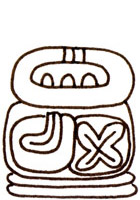
ona li lape ala.
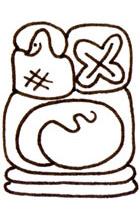
jan ala li sona.
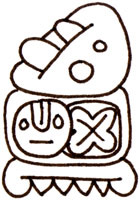
ni li musi ala!
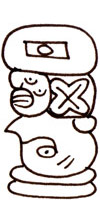
mi ken ala pali.
ale / ali
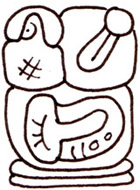
jan ali li kama.
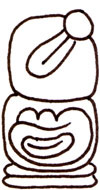
ale li pona.
Nothing special here either. There may be two ways to spell it, but only one glyph block for ale/ali.
Just like the modifiers we have already seen, it follows normal block order rules.
yes / no questions
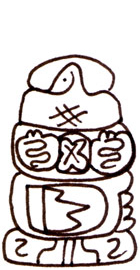
jan li jo ala jo e wawa?
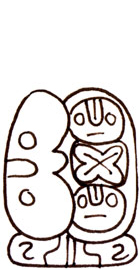
ni li musi ala musi?
Just as in Chinese, toki pona has the verb-not-verb structure for yes/no questions. Most of the time ala used in this way will behave normally.
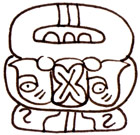
ona li pali ala pali?
The only thing new here is the question mark glyph block is used instead of a period.
questions in the four-block structure
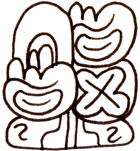
sina pona ala pona?
However, if you create a four block structure with the subject-verb-ala-verb, there is an exception to our block order rules:
The four block are grouped in what would really be a clockwise arrangement.
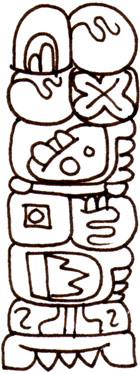
sina sona ala sona e ni: mi jo e wawa?!
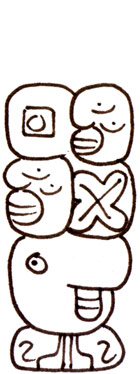
mi ken ala ken toki?
The reason for this is to avoid doubling the same verb glyph next to itself. This way they remain separated by ala.
Think of the entire group as one single block with the subject and ala in two opposite corners, and the repeated verb in the other two corners. The ‘X’ shape in the middle of ala echoes this structure.
